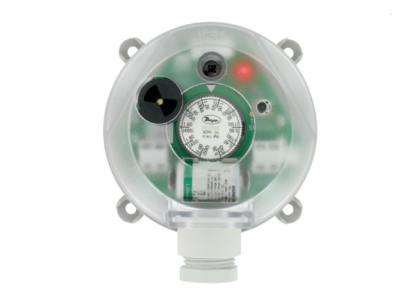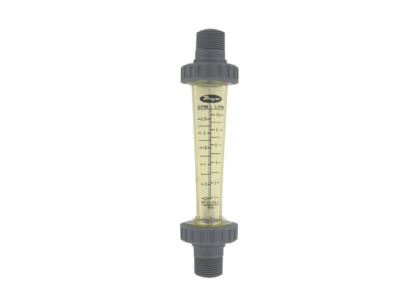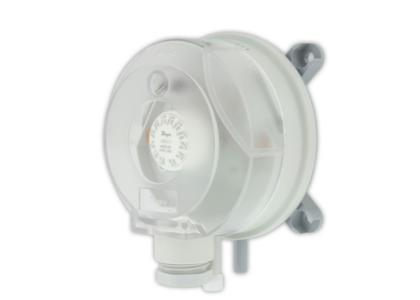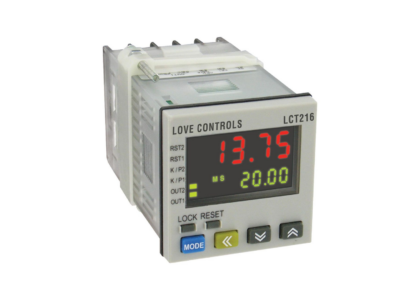
Accurately measuring air velocity in ducts is crucial for proper HVAC system performance. While calculating flow rates is simple (area x velocity), obtaining precise velocity data has traditionally been challenging. This article explores how modern instruments and techniques improve accuracy and efficiency in air duct balancing.
Challenges of Airflow Measurement
- Friction and Velocity Profile: Airflow velocity varies across a duct’s cross-section, with slower speeds near the edges due to friction. This uneven profile necessitates multiple measurements at different points.
- Number of Measurements: The number of measurement points (grid) significantly impacts accuracy. More points provide a more accurate picture of the average velocity.
- Grid Layout and Data Collection: Traditional methods were time-consuming and prone to human error.
Modern Solutions for Accurate Airflow Measurement
- Microprocessor-Based Anemometers: These instruments automate data collection, reducing time and potential errors.
- Log-Linear Traverse Method: This method strategically positions measurement points across the duct for high accuracy (±3%).
- Round Ducts: Three traverses (diameters) with specific measurement locations within each traverse provide a comprehensive picture of airflow.
- Rectangular/Square Ducts: A minimum of 25 and a maximum of 49 data points are required, with more points for larger ducts. These points are concentrated near the edges to account for the greater impact of friction in rectangular ducts.
Calculating Flow Rate
Once you have the average air velocity and duct cross-sectional area, you can calculate the flow rate using the formula:
Q = FAV
where:
- Q = Flow Rate (CFM)
- F = Application Factor (accounts for grille blockage, see table)
- A = Designated Area (square feet) – consider grille type
Benefits of Modern Instruments
- Faster Data Collection: Microprocessor-based anemometers automate data collection and calculations, saving time and reducing errors.
- Improved Accuracy: Precise measurement techniques like the log-linear traverse method ensure reliable data.
- Streamlined Process: Modern technology simplifies air duct balancing, making it less time-consuming and more scientific.



